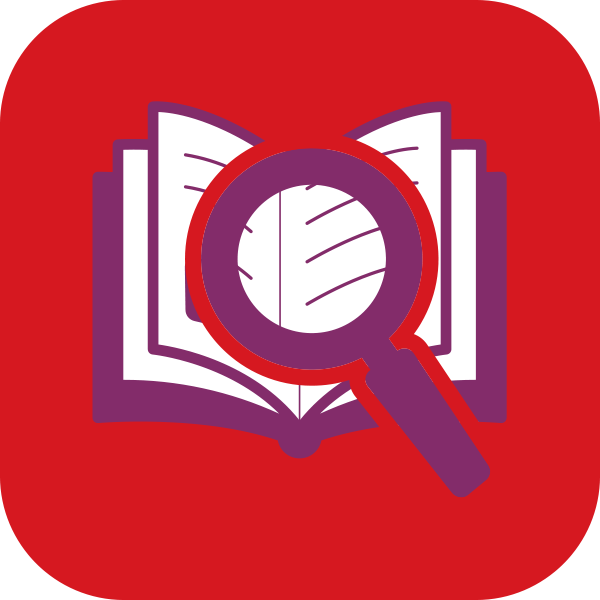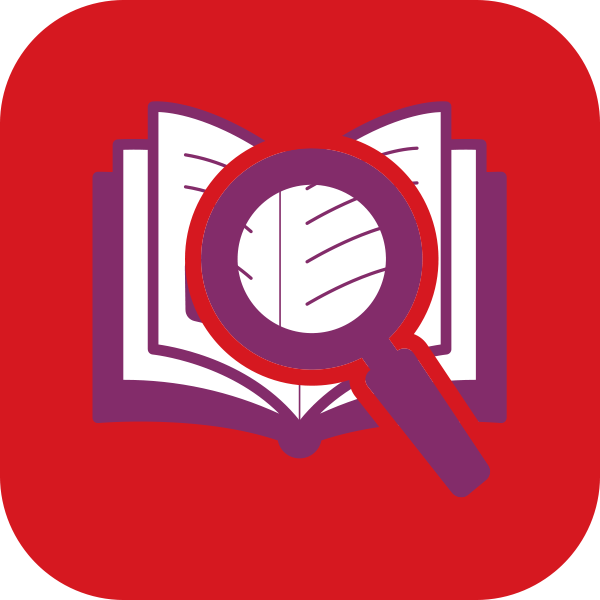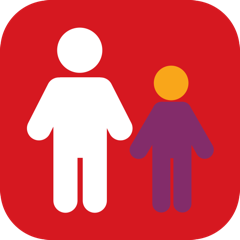Wandsworth Literacy and Numeracy Support Service is a team of 10 specialist teachers who are qualified to identify dyslexia and, in some cases, dyscalculia. The team works across 30 schools (mostly in Wandsworth), teaching in-school on a weekly basis and mostly working one-to-one with pupils who have literacy or maths difficulties. Janet Goring, Manager of the service, explains how and why the team uses GL Assessment’s York Assessment of Reading for Comprehension (YARC) and Phonological Assessment Battery 2 (PhAB2) Primary with these pupils.
Our team works in around half of the schools in Wandsworth on a weekly basis. However, other schools will also contact us for a variety of reasons – usually because they have a pupil with a persistent difficulty. It could be to provide extra evidence for an Education and Health Care Plan (EHCP) application or because they require support in how they are managing the needs of their pupils at a more general level, such as by putting interventions in place.
One of the key questions we get asked by schools is “Which assessments should we use?”. We use a range of assessments for this purpose, covering different areas including single word reading, prose reading, spelling and tests of phonological processing. The two main assessments that we use with schools are YARC (for continuous prose) and PhAB2 (for phonological processing).
As specialist assessors, we are required to follow national guidelines provided by the SpLD Assessment Standards Committee (SASC) which is the authority that determines appropriate assessments for use when diagnosing dyslexia. YARC and PhAB2 are the only two British standardised assessments on SASC’s approved list due to the robustness of its construct. Most of the assessments that specialist teachers use are ‘closed’ (i.e. they can only be used by specialists), however YARC and PhAB2 are two of the very few assessments on the list that are available to schools. There are no literacy screeners on this list. However, SASC has also recognised GL Assessment’s Dyscalculia Screener as a valuable tool for maths.
YARC can provide us with useful diagnostic information on pupils as well as standardised scores so that we can measure pupils alongside their peers (beyond their school cohort). It also provides us with a reading age, which can be helpful for us to measure progress. PhAB2 is particularly suitable for use with primary school pupils to give diagnostic information about an underlying phonological difficulty, which is a key component of dyslexia.
We use the information from both of these assessments to produce a diagnostic report for schools. This report provides targets, as well as a list of recommendations tailored to the pupil’s individual needs as part of the graduated response to SEND. Schools will then use this report to inform their own interventions, which could be classroom strategies, on a daily basis. In some cases, this would also form part of a child’s EHCP. When we are working directly with pupils, we would also use the information provided by YARC and PhAB2 to inform our own programme.
Wandsworth Literacy and Numeracy Support Service is one of our Centres of Assessment Excellence.



